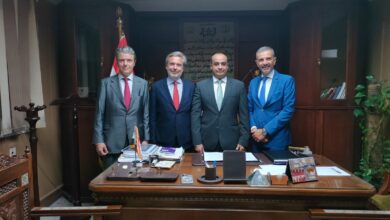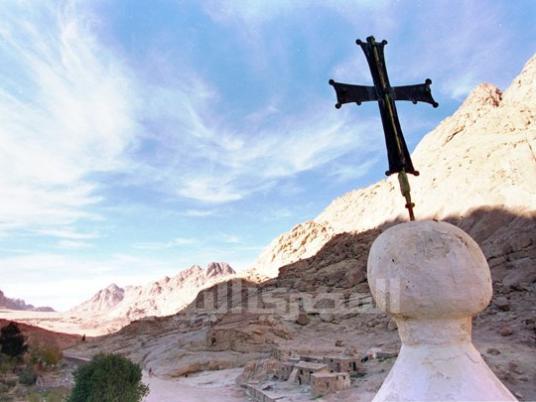
As part of state efforts to preserve Egypt’s cultural heritage, the Ministry of Tourism and Antiquities agreed during a board of directors meeting to register the domes of Al-Atris and Al-Aidarous in front of the Sayeda Zeinab Mosque in Cairo as an Islamic monument.
According to the head of the Islamic, Coptic and Jewish Antiquities Sector at the Supreme Council of Antiquities Osama Talaat, the domes were chosen for their unique architectural style as double open shrines. Their construction was ordered by Prince Abd Al-Rahman Ketkhda in 1776 AD in an area that was previously a standard cemetery, and was further renovated during the reign of Khedive Saeed.
Al-Atris was originally Muhammad Al-Qurashi a lecturer in Al-Mashhad Al-Zainabi who died during the late seventh century AH (13th century AD).
He is named as the son of Sayyid Izz al-Din Abi al-Majd Abdul Aziz al-Qurashi, son of al-Sayyid Quraysh bin Muhammad al-Naji bin Ali al-Ridha bin Musa al-Kazim bin Jaafar al-Sadiq bin Muhammad al-Baqir bin Ali Zain al-Abidin.
Aidarous is described as the father of al-Marahim Wajih al-Din Abd al-Rahman al-Aidaroos al-Tarimi, son of al-Sayyid Mustafa bin Sheikh bin Ali Zain al-Abidin bin Abdullah bin Sheikh bin al-Qutb Syed Abdullah al-Aidaroos bin Abi Bakr al-Sukran bin Imam Sheikh Abd al-Rahman al-Saqqaf bin Muhammad, the slave of al-Duwailah bin Ali bin Alawi bin Muhammad bin Issa al-Naqib bin Muhammad ibn al-Sayyid Ali al-Aridi bin Imam Jaafar al-Sadiq bin al-Sayyid Muhammad al-Baqir Ibn Ali Zain al-Abidin bin Imam Abu Abdullah al-Hussein, a distinguished scholar from Yemen.




